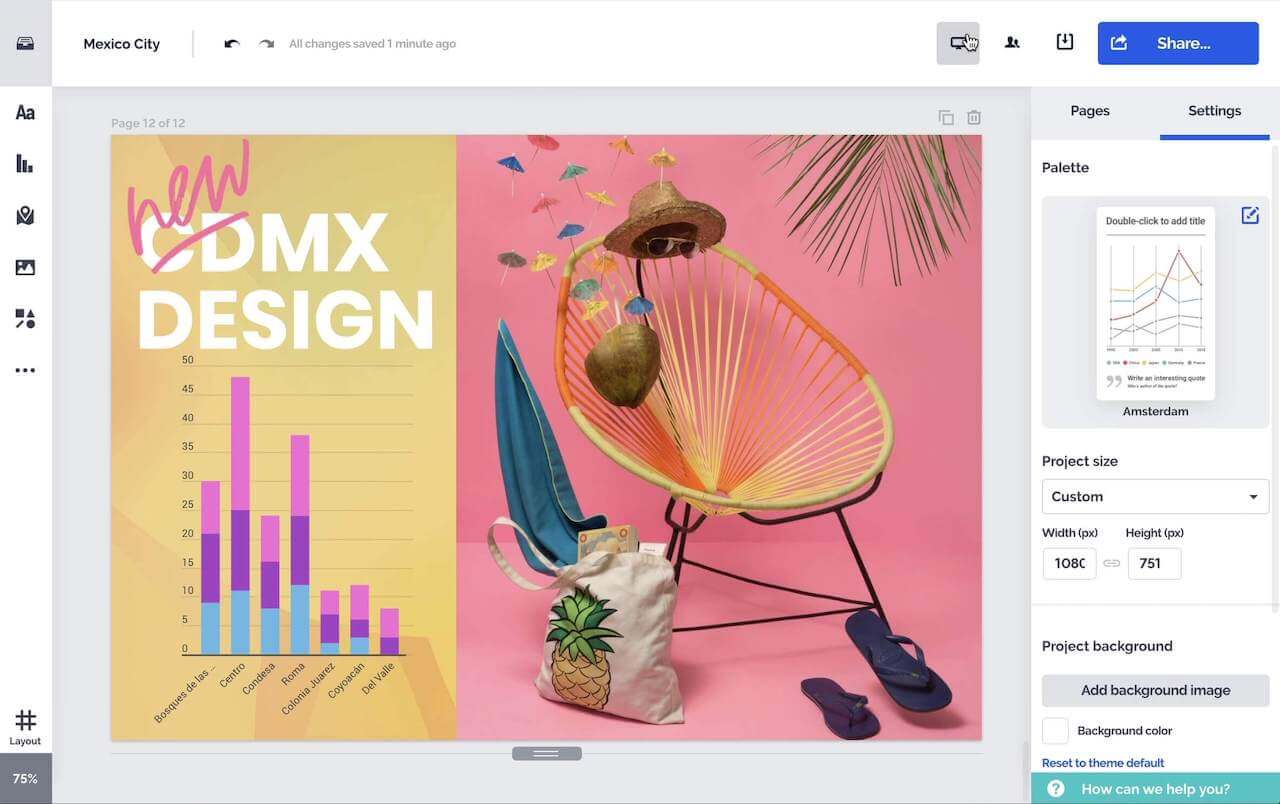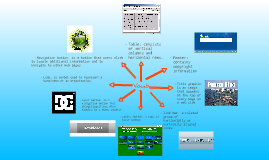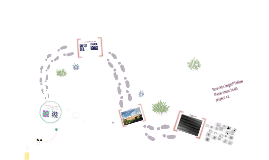Creating an Effective PowerPoint Template
Transcript: Fundamental Design Principles for PowerPoint Templates Align with Brand Identity Adhering to key design principles such as consistency, simplicity, alignment, and contrast is crucial for creating visually appealing and effective PowerPoint templates. Consistency ensures a cohesive look throughout the presentation, while simplicity helps in communicating the message clearly. Proper alignment organizes content neatly, and effective contrast enhances readability and draws attention to important elements. Customizing your PowerPoint template allows you to tailor the design elements to suit your brand identity, ensuring consistency across presentations. This includes incorporating logos, colors, and fonts that reflect your organization's visual style. Enhance Audience Engagement Strategies for Customizing Your Template Personalization enhances audience engagement by making the content more relatable. Adjusting your template's visuals to resonate with your audience can significantly improve retention and comprehension. Maintain Consistent Layout Utilizing a consistent layout throughout your presentation helps maintain a professional appearance. This includes ensuring that each slide follows the same format, making the information easy to follow. Consistent Color Scheme Effective Layout Examples of Effective PowerPoint Templates A chronological overview of impactful template designs and their functionalities. Color scheme is crucial in a PowerPoint template as it sets the tone and mood of the presentation. A consistent and complementary color palette enhances visual appeal and can influence audience perception and engagement. The layout of a PowerPoint template refers to the arrangement of text, images, and other elements on the slide. A well-structured layout helps guide the audience’s attention and ensures that important information is communicated clearly and effectively. Creating an Effective PowerPoint Template 2020 2023 2010 Integration of interactive elements in templates, such as clickable buttons and multimedia, enhancing audience interaction and engagement. Emergence of AI-driven templates providing personalized design suggestions based on content, streamlining the creation process. Introduction of minimalist template designs, focusing on clean lines and ample white space, enhancing readability and engagement. 2015 Rise of customizable templates allowing users to modify layouts, colors, and fonts, catering to diverse presentation needs. A comprehensive guide to designing impactful and reusable PowerPoint templates. Best Practices Common Mistakes Best practices for using templates effectively involve maintaining a clean and organized layout, using a consistent color scheme and typography, and customizing the template to align with the presentation's message. This approach enhances clarity and keeps the audience engaged. Common mistakes when using PowerPoint templates include overly cluttered slides, inconsistent font choices, and neglecting to adapt the template to the content. These errors can distract the audience and undermine the effectiveness of the presentation. Consistent Visual Identity A well-designed template provides a consistent visual language that reinforces brand identity, making presentations look more professional. Time Efficiency Importance of a Good Template Templates simplify the design process, saving time for presenters while allowing them to focus on content rather than formatting. Enhanced Audience Engagement Good templates enhance audience engagement by providing visually appealing layouts that capture attention and facilitate information retention. Understanding PowerPoint Templates Wrapping Up the Essentials of PowerPoint Templates In conclusion, we have explored the significance, key elements, design principles, customization, and effective usage of PowerPoint templates. Remember, a well-crafted template can elevate your presentations, making them more engaging and visually appealing. Now, we welcome any questions you may have to further clarify these concepts. PowerPoint templates are pre-designed layouts that provide a structured framework for presentations. They streamline the creation process, ensuring consistency in design and layout while enhancing visual appeal. Templates save time and effort by allowing users to focus on content rather than formatting, making them a vital tool for effective communication.

















